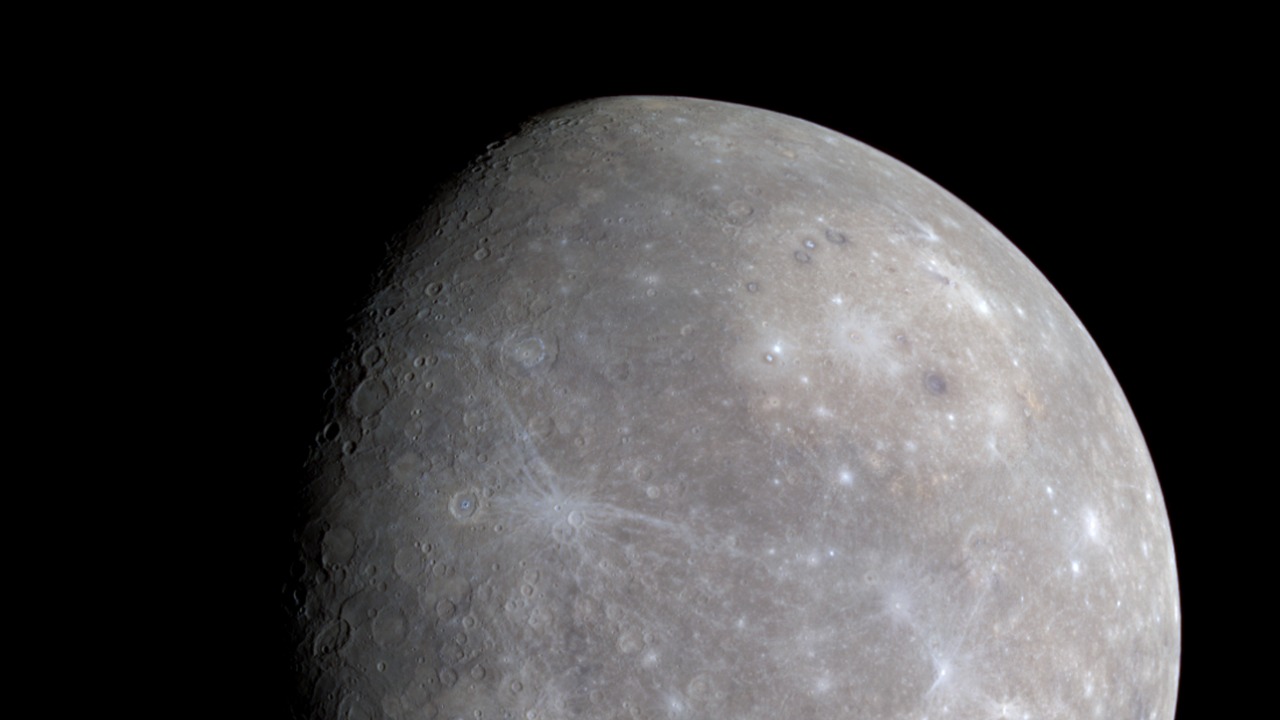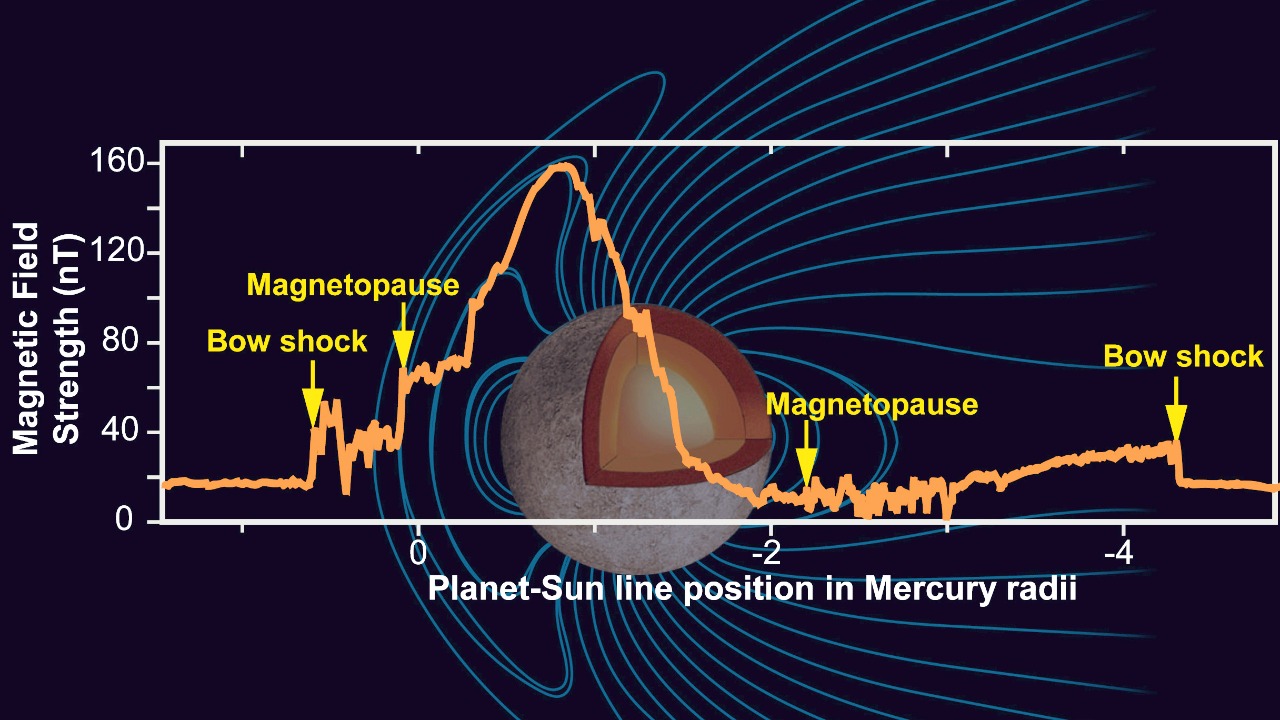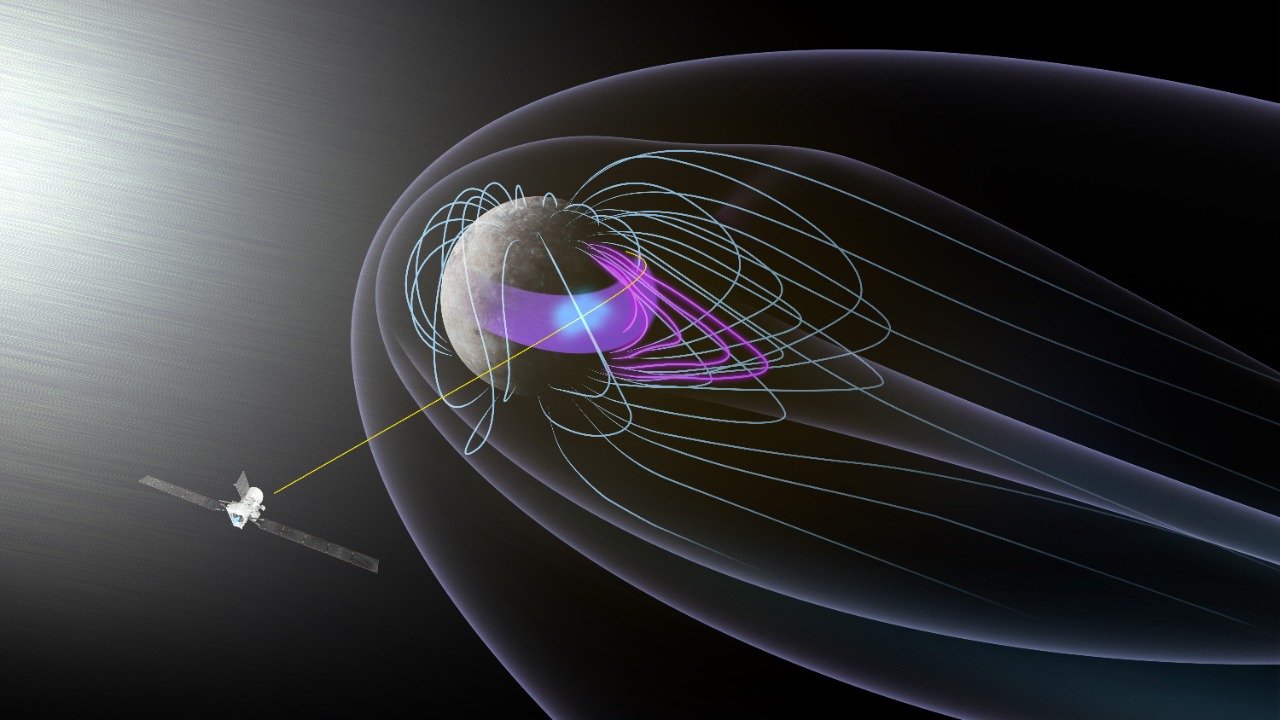
Mercury, the smallest planet in our solar system, has a magnetic field that has intrigued scientists for decades. Recent observations indicate that this magnetic field is weakening, prompting researchers to investigate the reasons behind this phenomenon. Understanding the dynamics of Mercury’s magnetic field not only sheds light on the planet itself but also offers insights into planetary magnetic fields in general.
The Basics of Mercury’s Magnetic Field

Mercury’s magnetic field was first discovered during the Mariner 10 mission in the 1970s. This mission marked a significant milestone in planetary science, as it revealed that Mercury, despite its small size and slow rotation, possessed an intrinsic magnetic field. Prior to this, it was widely assumed that smaller planets, particularly those with slow rotations, were unlikely to have significant magnetic fields. The discovery challenged existing theories and opened up new avenues for understanding how planetary magnetic fields are generated and sustained.
The magnetic field of Mercury is dipolar, much like Earth’s, but significantly weaker. While Earth’s magnetic field is generated by its rapidly rotating, fluid outer core, Mercury’s field is weaker and more aligned with its axis of rotation. This unique characteristic has perplexed scientists, as it suggests a different generation mechanism. The dynamo theory, which explains how a planet’s core generates a magnetic field, suggests that Mercury’s relatively small and slow-rotating iron core still manages to produce a magnetic field due to dynamic processes that are not yet fully understood.
Observations and Measurements

The MESSENGER spacecraft, launched by NASA, played a pivotal role in advancing our understanding of Mercury’s magnetic properties. Orbiting Mercury from 2011 to 2015, MESSENGER provided a wealth of data that offered new insights into the planet’s magnetic field. Among its key findings was the realization that Mercury’s magnetic field is not only weak but also asymmetric, being stronger in the northern hemisphere than in the southern. This asymmetry has crucial implications for understanding the internal structure and thermal history of Mercury’s core.
Technological advancements have been instrumental in allowing more precise measurements of Mercury’s magnetic field. Instruments onboard MESSENGER, such as magnetometers, captured detailed data that earlier missions could not. These technological strides have enabled scientists to compare Mercury’s magnetic field data with that of other terrestrial planets, such as Earth and Mars, highlighting both the differences and similarities. For instance, unlike Mars, which has localized magnetic fields, Mercury’s field is global, albeit weaker.
Factors Contributing to the Weakening Magnetic Field

One of the primary factors contributing to the weakening of Mercury’s magnetic field is the cooling of its iron core. As the core cools, its ability to sustain a dynamo process diminishes, leading to a gradual decline in magnetic field strength. This cooling is a natural consequence of planetary evolution and has significant implications for Mercury’s magnetic field generation over time. The decrease in temperature affects the fluid motions within the core, which are essential for generating a magnetic field.
Another crucial factor is the interaction with the solar wind. Mercury’s proximity to the Sun exposes it to a continuous barrage of charged particles known as the solar wind. This interaction can lead to the erosion of Mercury’s magnetosphere, weakening its magnetic field. The solar wind strips away particles from the magnetosphere, further contributing to the field’s decline. Additionally, Mercury’s tectonic and geological activities might influence changes in its magnetic field. Although Mercury is not as geologically active as Earth, any tectonic shifts or volcanic activities could impact the stability and strength of its magnetic field.
Implications of a Weakening Magnetic Field

The implications of a diminishing magnetic field for Mercury’s geological and atmospheric evolution are profound. A weaker magnetic field suggests that the planet could be less effective at shielding itself from cosmic and solar radiation. This exposure has significant consequences for Mercury’s surface environment, potentially affecting its geological features and any tenuous atmosphere it might possess. Understanding these changes is vital for comprehending the planet’s past and future evolution.
The role of magnetic fields in planetary protection cannot be overstated. Magnetic fields act as a shield, protecting planets from harmful radiation. On Earth, for instance, the magnetic field protects life by deflecting solar and cosmic rays. Mercury’s weakening field raises questions about its ability to protect itself and how this might affect its surface over time. These insights are crucial for understanding the magnetic fields of other planets, including exoplanets, and assessing their habitability. By studying Mercury, scientists can gain valuable insights into Earth’s magnetic field and the potential for life on other planets.
Future Research and Exploration

Future missions to Mercury, such as the European Space Agency’s BepiColombo, are poised to provide further insights into the planet’s magnetic field. BepiColombo, which consists of two orbiters, is equipped with advanced instruments designed to study Mercury’s magnetic environment in greater detail. These missions promise to enhance our understanding of the weakening magnetic field and its implications for the planet’s evolution.
Theoretical developments are also underway to model Mercury’s magnetic field and predict its future behavior. Researchers are using computer simulations to explore the dynamics of Mercury’s core and how it generates its magnetic field. This research is critical for developing a comprehensive understanding of the factors influencing the field’s strength and stability. Interdisciplinary collaboration between planetary scientists, geologists, and physicists is essential to unravel the complexities of Mercury’s magnetic field. By combining expertise across disciplines, scientists can develop more accurate models and gain a deeper understanding of the processes at play.
Overall, continued exploration and research are vital for unlocking the mysteries of Mercury’s magnetic field. By studying this intriguing planet, scientists not only learn more about Mercury itself but also gain insights into the fundamental processes that shape planetary magnetic fields across the solar system and beyond.